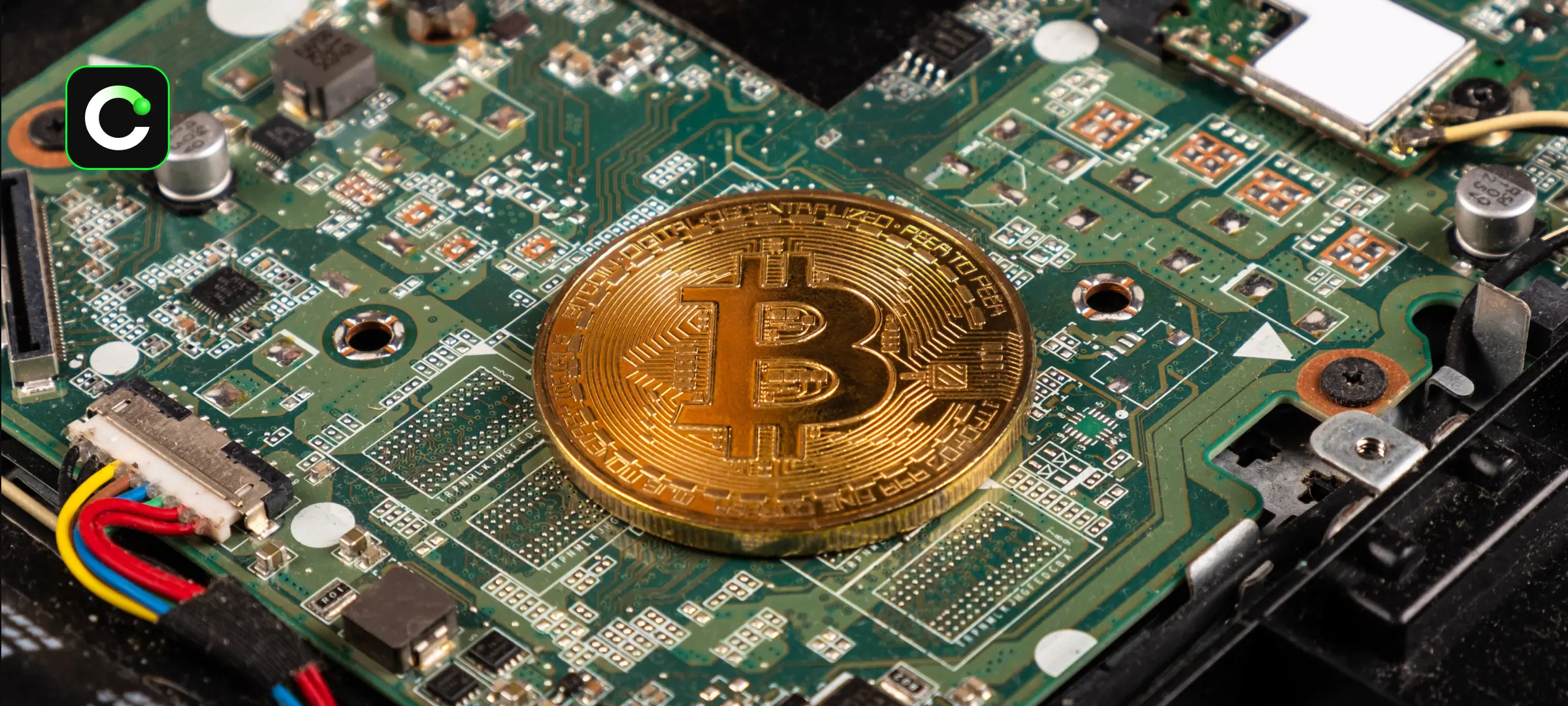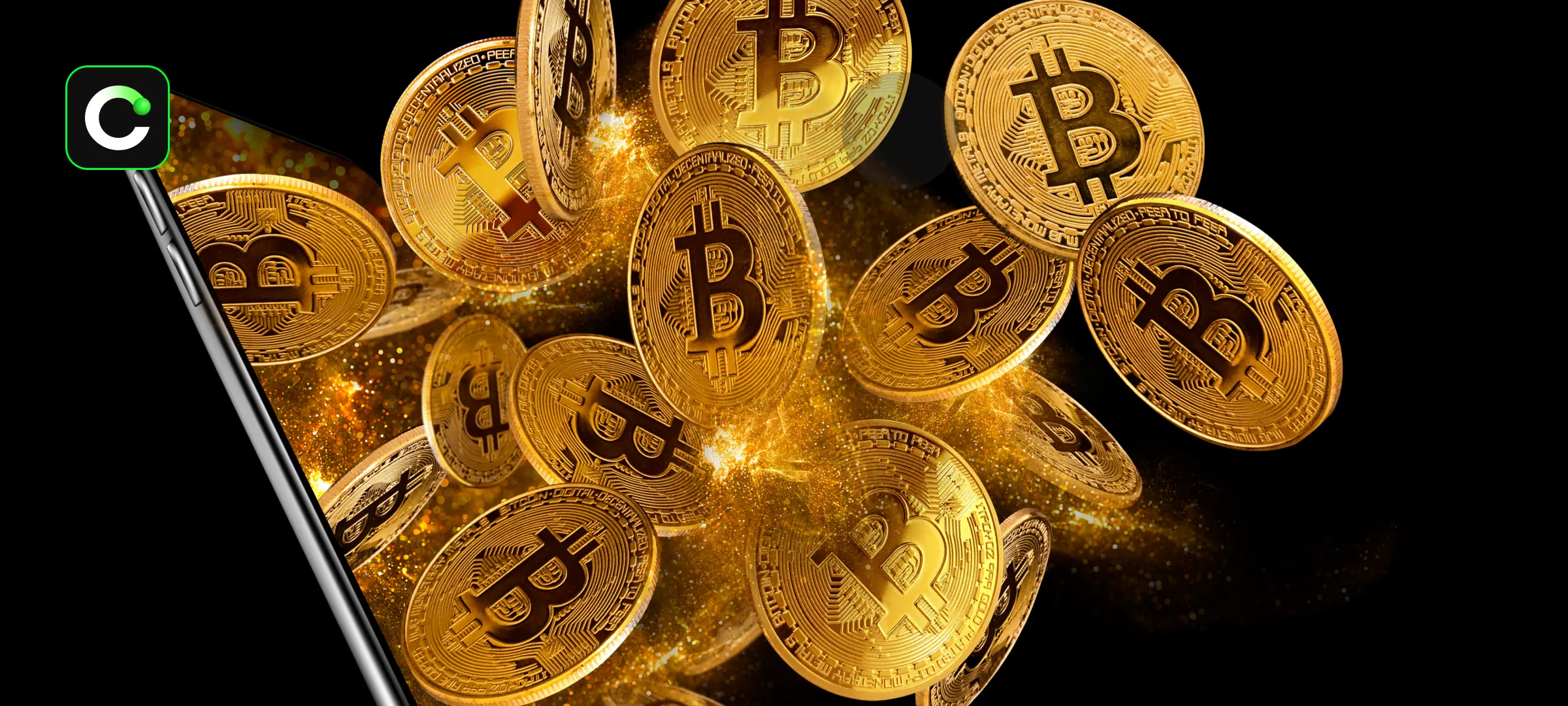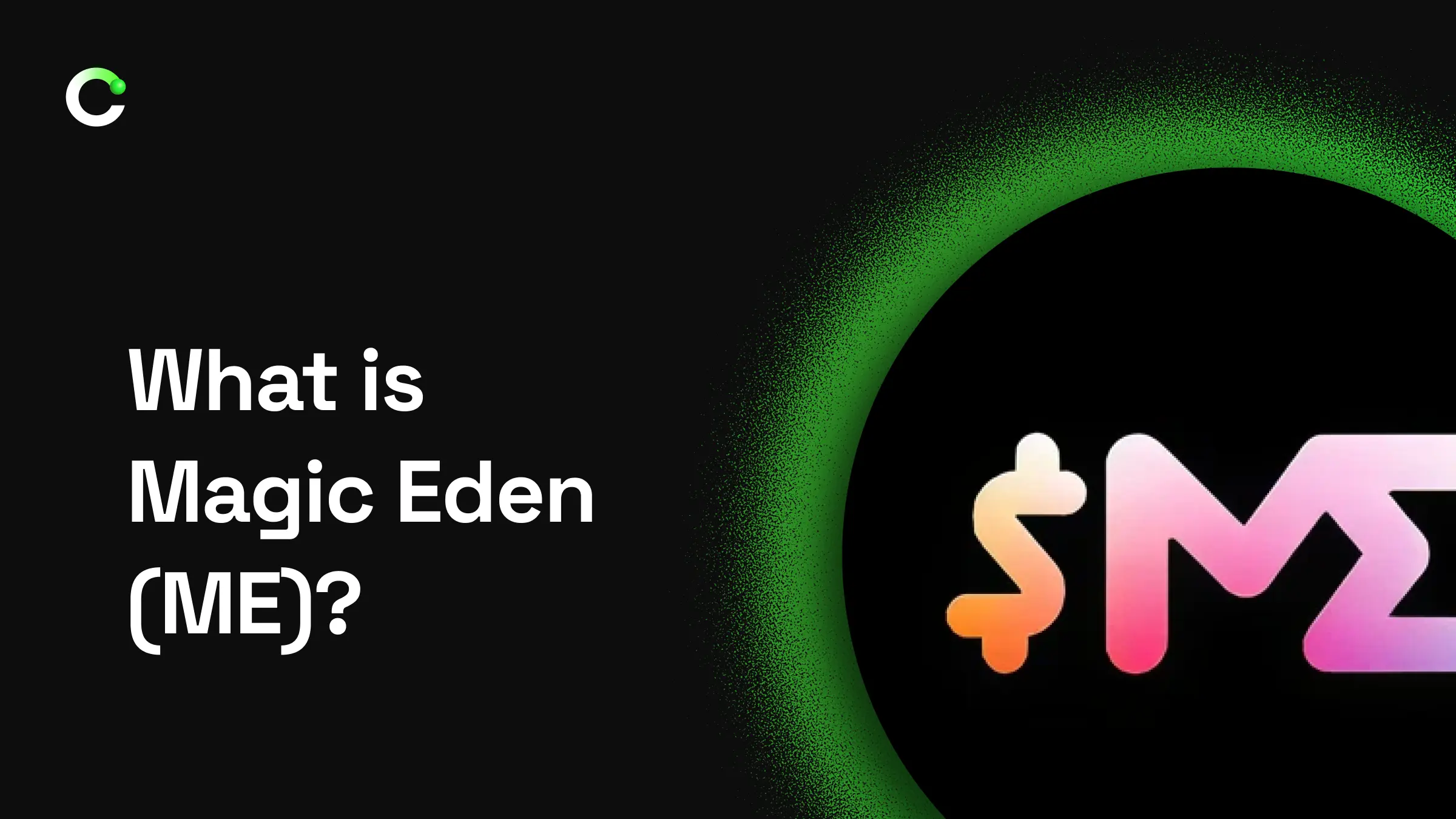What is Bitcoin (BTC)?


History of Bitcoin
-
2011–2013: Bitcoin surpassed $1 for the first time and started trading on exchanges like Mt. Gox.
-
2014–2017: Institutional interest began, and the first regulatory debates emerged.
-
2017: Bitcoin reached its all-time high of around $20,000 and gained significant mainstream media attention.
-
2020–2021: The COVID-19 period and subsequent monetary expansion brought Bitcoin into the spotlight for institutional investors. Companies like Tesla and MicroStrategy purchased Bitcoin, while payment platforms like PayPal and Visa introduced crypto support.
-
2024: The latest Bitcoin halving occurred. With the reduction in supply, upward pressure on price increased, and signs of a bull market re-emerged.
-
2025: Approval of spot Bitcoin ETFs enhanced integration with traditional finance. Investors can now invest in Bitcoin through regulated exchanges.
Who Created Bitcoin?
-
Craig Wright: An Australian computer scientist who claimed in 2016 that he was Satoshi. However, the documents he provided were deemed fraudulent by courts, and his claims were largely rejected.
-
Dorian Nakamoto: In 2014, a journalistic investigation claimed he was Bitcoin’s creator. Dorian denied the claim, stating he had never heard of Bitcoin.
-
Nick Szabo: Known for pioneering smart contracts, Szabo worked on a digital currency concept called “Bit Gold,” which fueled speculation. However, he denied being Nakamoto.
-
Hal Finney: One of Bitcoin’s first users, Finney communicated directly with Nakamoto and received the first Bitcoin transaction. He also denied being Nakamoto.
-
Len Sassaman: A cryptography expert whose work aligned with Bitcoin’s philosophy. His death in 2011 coincided with Nakamoto’s disappearance, fueling theories, though none were proven.
How Does Bitcoin Work?
-
Creating the Transaction: A user initiates a transaction to send a specific amount of BTC to another user.
-
Broadcasting the Transaction: The transaction is propagated to all nodes in the Bitcoin network.
-
Miners Step In: Miners collect transactions into blocks to be verified. Each block requires solving a specific mathematical problem.
-
Adding the Block to the Chain: Once the problem is solved, the block is confirmed and permanently added to the blockchain.
-
Transaction Completion: The confirmed transaction reaches the recipient's wallet.
What Is Bitcoin Mining?

-
Transaction Verification: All transactions on the Bitcoin network are grouped into data packages called “blocks.”
-
Solving Mathematical Problems: Miners must solve complex equations to validate these blocks. These computations require substantial processing power.
-
Earning Bitcoin: The miner who solves the problem receives newly minted Bitcoin as a reward. Miners also earn small transaction fees.
Who Can Mine Bitcoin?
What Is Bitcoin Halving?
Bitcoin Halving Dates
|
Halving
|
Date
|
Block Number
|
Reward (BTC)
|
|
1st Halving
|
November 28, 2012
|
210,000
|
50 → 25 BTC
|
|
2nd Halving
|
July 9, 2016
|
420,000
|
25 → 12.5 BTC
|
|
3rd Halving
|
May 11, 2020
|
630,000
|
12.5 → 6.25 BTC
|
|
4th Halving
|
April 20, 2024
|
840,000
|
6.25 → 3.125 BTC
|
Factors That Determine Bitcoin’s Price

Advantages and Disadvantages of Bitcoin
-
It is decentralized and not controlled by any government or institution.
-
Offers low transaction fees and enables fast cross-border payments.
-
Transparent and secure; blockchain transactions are immutable.
-
Highly volatile, which increases investment risk.
-
Mining consumes a large amount of energy.
-
Regulatory uncertainty in some countries due to lack of clear frameworks.
Why Is Bitcoin Valuable?
How Is Bitcoin Stored?
Hot Wallets
-
Advantages: Easy to use, fast access, instant transactions.
-
Disadvantages: Since they are connected to the internet, they are more vulnerable to cyberattacks and hacking.
Cold Wallets
-
Hardware Wallets: Physical devices like Ledger and Trezor are widely used for securely storing Bitcoin.
-
Paper Wallets: These involve printing or writing down private keys. However, they can be lost or damaged.
-
Offline Software Wallets: Wallet software installed on computers that are not connected to the internet.
Security Tips for Wallets
-
Store your private keys and backups in secure and accessible locations.
-
Beware of phishing attacks; avoid clicking on suspicious links.
-
If you use a hardware wallet, make sure to buy it only from official sources.
-
Use two-factor authentication (2FA) to enhance account security.
Storing Bitcoin on CoinTR
How to Buy Bitcoin on CoinTR?

-
Create an Account: Register account for CoinTR and complete the identity verification process.
-
Deposit Turkish Lira (TRY): Fund your CoinTR wallet via bank transfer or the FAST system.
-
Buy Bitcoin: Go to the “ Easy Buy/Sell” tab, select the amount of BTC you want to buy, and confirm the transaction.
Bitcoin Overview

Bitcoin FAQ
How much is Bitcoin in USD?
Bitcoin’s price in USD constantly fluctuates. You can track real-time prices via the BTC/USDT trading pair on CoinTR.
How much is Bitcoin in Turkish Lira?
The BTC price in TRY is updated based on market movements and exchange rates. Check the BTC/TRY pair on CoinTR.
What is the value of 1 Bitcoin in USD?
The value of 1 BTC in USD is determined by supply and demand. You can see the current value on CoinTR’s price screen.
What is the current Bitcoin price?
Bitcoin’s price is not fixed and changes according to market conditions. CoinTR provides live Bitcoin price data to users.
Will Bitcoin go up?
Bitcoin may experience upward trends at times; however, price movements are not based on guaranteed predictions. CoinTR’s charts help you analyze historical data.
How can I buy Bitcoin?
After registering with CoinTR and depositing TRY, you can buy BTC via the “Easy Buy/Sell” or “ Convert ” tabs. The process is designed to be user-friendly.
Why is Bitcoin dropping?
Declines in Bitcoin’s price can be due to economic developments, regulatory news, or investor behavior. CoinTR’s price page allows you to monitor changes closely.
When was Bitcoin launched?
Bitcoin was launched in January 2009 with the mining of the first block. The original whitepaper by Satoshi Nakamoto dates back to 2008.
How much is 1 Bitcoin worth?
The price of 1 BTC varies depending on trading volume and market conditions. You can track it in both TRY and USDT on CoinTR.
Where can I buy Bitcoin?
You can buy Bitcoin from licensed platforms like CoinTR that prioritize user security. The platform offers multiple options for trading.
How much was Bitcoin when it first started?
In its early years, Bitcoin had almost no monetary value. One of the most famous price references is when 10,000 BTC were used to buy 2 pizzas in 2010.
How to open a Bitcoin account?
To open a Bitcoin account on CoinTR, simply complete a few steps. Register with your email and verify your identity to start trading.
Who owns Bitcoin?
The creator of Bitcoin, Satoshi Nakamoto, remains anonymous. Since the Bitcoin network operates in a decentralized manner, it belongs to no one.
How to earn Bitcoin?
You can obtain BTC through mining or by participating in promotional/reward programs. CoinTR occasionally rewards users through special campaigns.
What is Bitcoin dominance?
Bitcoin dominance is the ratio that shows BTC’s share of the total crypto market cap. It’s an important indicator for analyzing market trends.
How is Bitcoin produced?
Bitcoin is created through mining, a process that uses the Proof of Work algorithm. Each new block confirmation generates new BTC.
Is Bitcoin secure?
Bitcoin is technically secure due to its cryptographic foundation. CoinTR provides safety measures like 2FA and hot wallet protection for user security.
- CryptocurrencyWhat Is Impossible Cloud Network (ICNT)? Impossible Cloud Network (ICN) is an innovative project that aims to build a decentralized cloud computing infrastructure using blockchain technology. Today, major providers such as Amazon Web Services (AWS), Google Cloud, and Microsoft Azure dominate the cloud market. However, this centralized structure brings several issues, including high costs, vendor lock-in, and centralized control risks for users. ICN addresses these problems by adopting the DePIN (Decentralized Physical Infrastructure N
2025-12-03
- CryptocurrencyWhat Is Nomina (NOM)? Nomina (NOM) is a trading terminal that provides advanced tools for on-chain markets and unifies different perpetual futures platforms under one roof. Originating from the Omni project, Nomina is specifically designed for users who actively participate in the on-chain economy. The platform features a comprehensive infrastructure that facilitates transaction execution, enables automation, and allows real-time market monitoring. With its latest updates, Nomina has evolved into an innovative syste
2025-12-03
- CryptocurrencyWhat is Magic Eden (ME)? Magic Eden (ME) is a multi-chain platform initially developed on the Solana (SOL) network that quickly became one of the most popular marketplaces in the NFT world. It offers users the ability to buy and sell across different blockchains through a single ecosystem. ME Coin, Magic Eden's native cryptocurrency, plays an important role in platform transactions and community rewards. Investor interest increased especially after the airdrop process, and ME Coin has become one of the leading tokens i
2025-12-03


